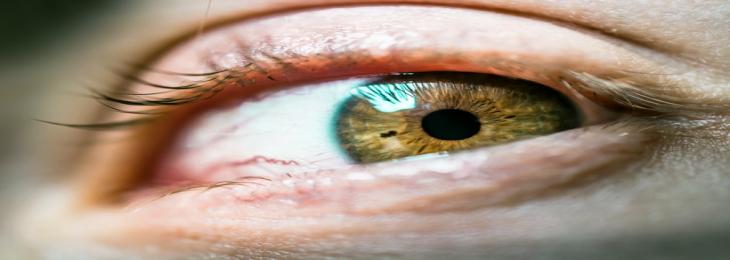
According to a new study by researchers at UC San Francisco, the unexpected finding of a novel type of cell reveals how early-life skin irritation may predispose an individual to later inflammatory skin disorders.
The researchers discovered the novel cell type while studying the impact of a series of acts known to elicit an immunological response in rats. Knocking out a group of skin cells that inhibit the immune system was one of these acts. In the absence of such regulation, the researchers discovered the existence of a unique cell that appeared to be functioning as a refuge for harmful immune cells not normally found in skin tissues, according to Michael Rosenblum, lead author of this study. The foreigners were called TIFFs [Th2-interacting fascial fibroblasts] after the Th2 immune cells that they assist in hosting.
When inflammatory stimuli are applied to skin that lacks regulatory cells, the number of TIFFs explodes, and the TIFFs serve as a type of holding pen for Th2 immune cells. When a minor skin irritation occurs later in life, the TIFFs release their floodgates, allowing Th2 cells to escape. According to the researchers, this heightened reaction might result in the formation of fibrosis in the fascia, which is the key factor behind inflammatory skin disorders such as scleroderma, which impacts around 50,000 people in the U.S.
The team's next step was to see if TIFFs were present in human skin. They took samples from people who had eosinophilic fasciitis, a unique inflammatory disease in which eosinophils, white cells, pile up in the skin fascia, the fibrous tissue that connects the skin to the muscles under it. The researchers discovered TIFFs in both EF and healthy skin samples after they examined the two. Moreover, the two samples appeared radically different. The fascia connecting fat cells in healthy skin creates a thin, spidery network, but the cells in the EF skin sample had grown to form broad bands of fibrous tissue.
TIFFs are found in every organ of the human body, according to Rosenblum. They're most commonly seen in the fascia that surrounds our primary organs and helps to keep them in place. They also have a proclivity for interacting with immunological cells. TIFFs, he believes, emerged as a type of emergency brigade in the event of damage, capable of jump-starting repair in the event of internal harm. Taking this approach is critical in dealing with the wide range of inflammatory disorders for which there are frequently no effective therapies.






